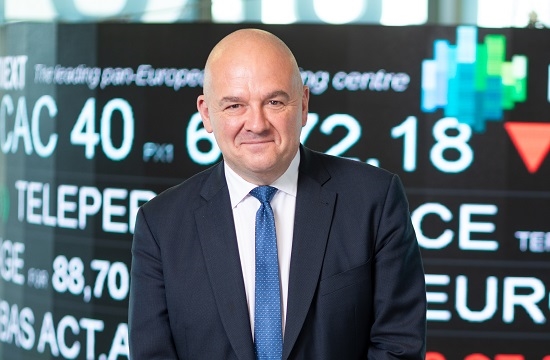Sernova cuts cost of new futures clearing broker by 40% - founder

A tech firm run by the former head of prime at RBS claims to have matured to the point that it can now cut the cost of setting up a futures clearing broker by two fifths.
Speaking after Sernova Financial signed CMC Markets as its eighth client last week, Venkatesh Ramasamy, the firm’s executive chairman and founder, said the London-based firm’s outsourced post-trade platform has grown with each new customer.
Ramasamy said: “Our objective has been to recreate the technology and operations of a large clearing broker and make that entire infrastructure available to tier two and tier three banks as well as market-makers and trading firms, effectively lowering the barriers to entry for those organisations. We would estimate our service lowers the cost of entry for a bank by about 40%.”
Ramasamy, the former global co-head of prime services at RBS, founded Sernova in 2015 with Richard Thompson, the British banking group’s former global head of rates prime broking and European head of over-the-counter (OTC) clearing.
Thompson said: “We started in OTC derivatives clearing and have moved over time to cover exchange-traded derivatives to the point where currently we are finding that the majority of the work we do with new clients is a repetition of something we have already done for an existing client so whereas maybe 80% of the work was new, now that number is just 10-20%.”
Because Sernova charges an annual fee and a fixed fee for each trade, the solution is designed for firms looking to scale in a new market or asset class, Thompson said.
CMC Markets took the number of Sernova clients to eight including Spain’s BBVA, Germany’s Commerzbank, South Africa’s FirstRand and Australia’s Macquarie as well as US trading firm DRW and British broker JB Drax Honore.
Ramasamy said: “There was a lot of interest from banks after ION and this has come back after every subsequent cyber-attack but I think a lot of people are now waiting for DORA and that could trigger some more activity.”
ION Markets, which supplies one of the two post-trade systems widely used by futures brokers, was subjected one year ago to a cyber-attack that left many clients unable to process trades for days.
That episode put the spotlight on the industry’s operational resilience which is now a key focus for regulators including the US Commodity Futures Trading Commission and European authorities planning to introduce the Digital Operational Resilience Act (DORA) next year.
Ramasamy added: “There is consensus that running two infrastructures in parallel is prohibitively expensive and we would agree with that but I would say that if we could deliver a replacement service in a matter of days, that represents a good response to resilience.”
The head of derivatives trade body FIA reassured in June banks they will not be required to install complete redundant post-trade systems to improve their operational resilience and guard against the problems that arose after the ION attack.
Thompson continued: “We are interested in finding a solution that will work for the market that is not cost-prohibitive if a key vendor or bank for example were to go down.”
Higher interest rates and volatility in some of the world’s key markets have attracted new entrants into the futures clearing space for the first time in a decade.
Found this useful?
Take a complimentary trial of the FOW Marketing Intelligence Platform – the comprehensive source of news and analysis across the buy- and sell- side.
Gain access to:
- A single source of in-depth news, insight and analysis across Asset Management, Securities Finance, Custody, Fund Services and Derivatives
- Our interactive database, optimized to enable you to summarise data and build graphs outlining market activity
- Exclusive whitepapers, supplements and industry analysis curated and published by Futures & Options World
- Breaking news, daily and weekly alerts on the markets most relevant to you



